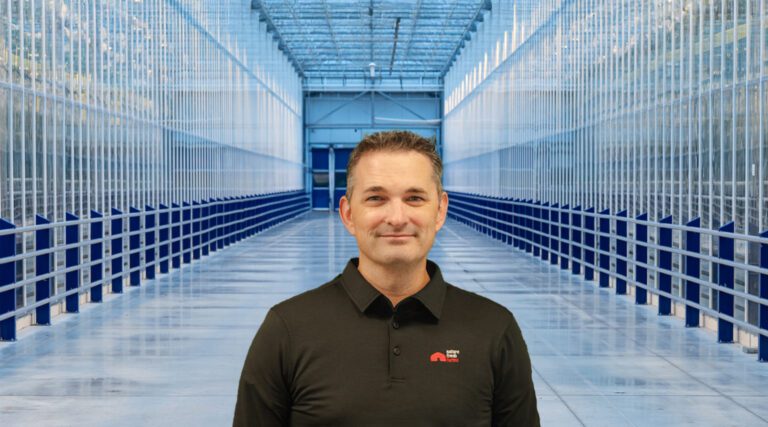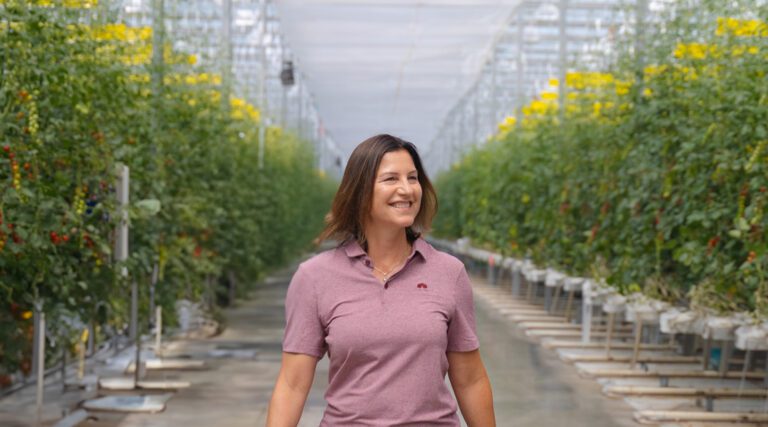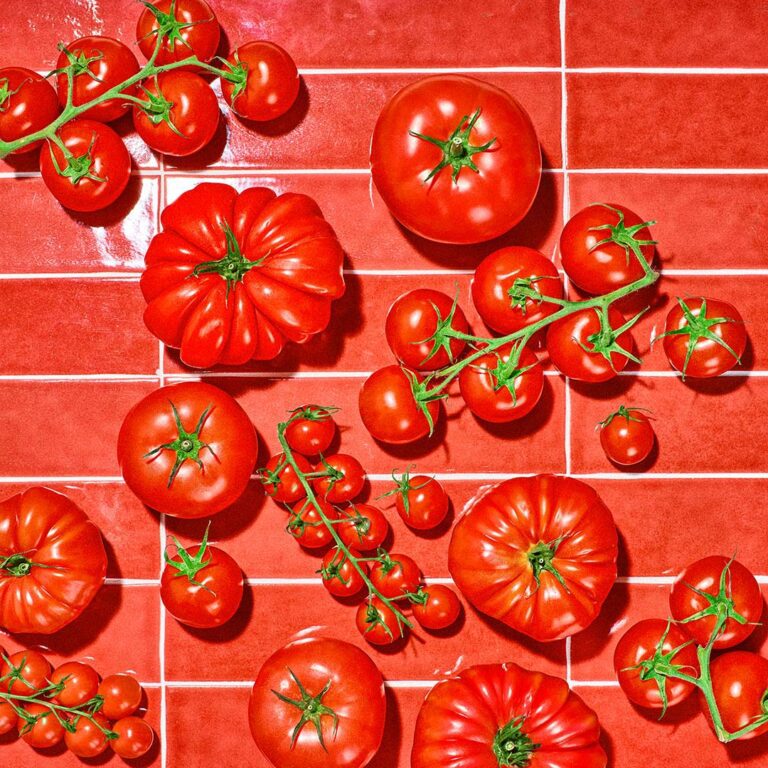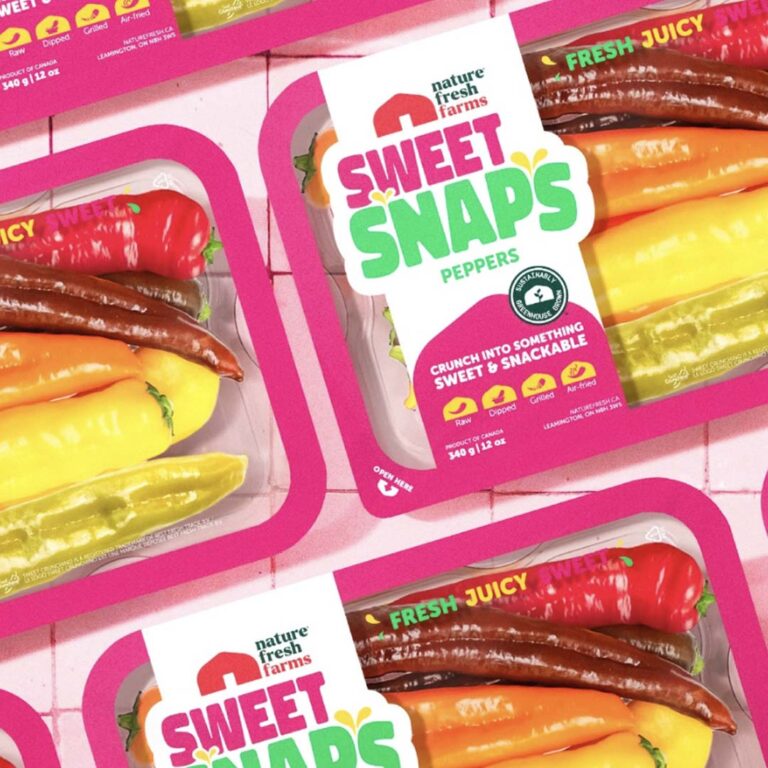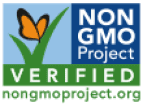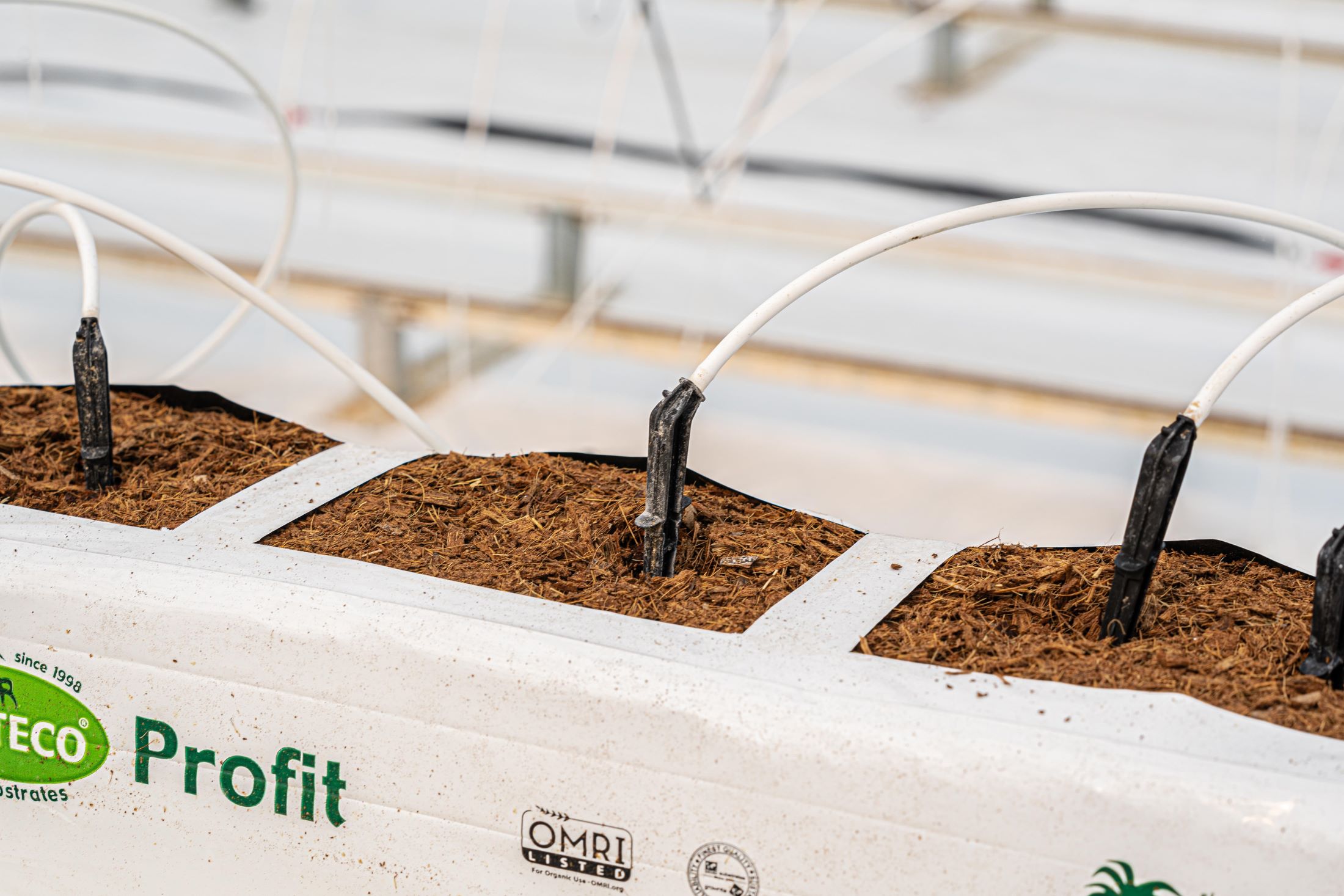
Water Efficiency In Greenhouses
We believe in sustainable growing practices and are committed to reducing, reusing, and returning as much water as we can to our crops.
Drip Irrigation
Irrigation is an agricultural process that applies water to crops at optimal intervals and quantities. When plants are irrigated with water, they are given one of the essential elements needed for the process of photosynthesis to occur.
Farmed plants cannot survive without irrigation, because of the mass amount of vegetation requiring an equal share of the moisture. Innovations in irrigation over thousands of years have delivered essential water to our farms kickstating photosynthesis and allowing our plants to make their own food and grow strong!
In greenhouse farming, there are many irrigation systems available. We opt to use a drip irrigation system which allows us greater precision over other systems like sprinkler and subsurface irrigation. Drip irrigation uses a central pump that directs irrigation water towards plants through a series of pipes and drippers that trickle water directly into the base of the plant.
Accuracy is so important when it comes to watering our crop because it allows us to ensure the plant gets exactly what it needs, while also providing the opportunity to recycle our water.
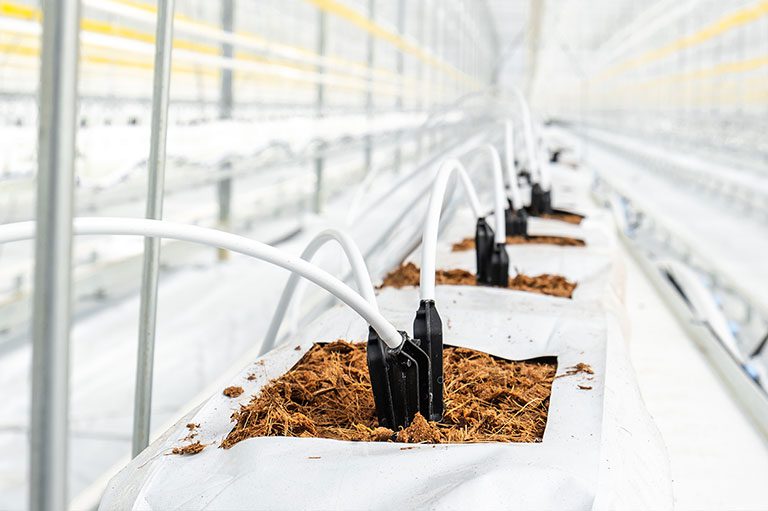
Recycling & Reusing Wastewater
Our irrigation system is referred to as a closed loop because the excess water our plants don’t consume won’t actually leave the system! Rather, the water not taken up through their root systems is collected in a basin, tested, cleaned, and sent back out again to feed our plants once more.
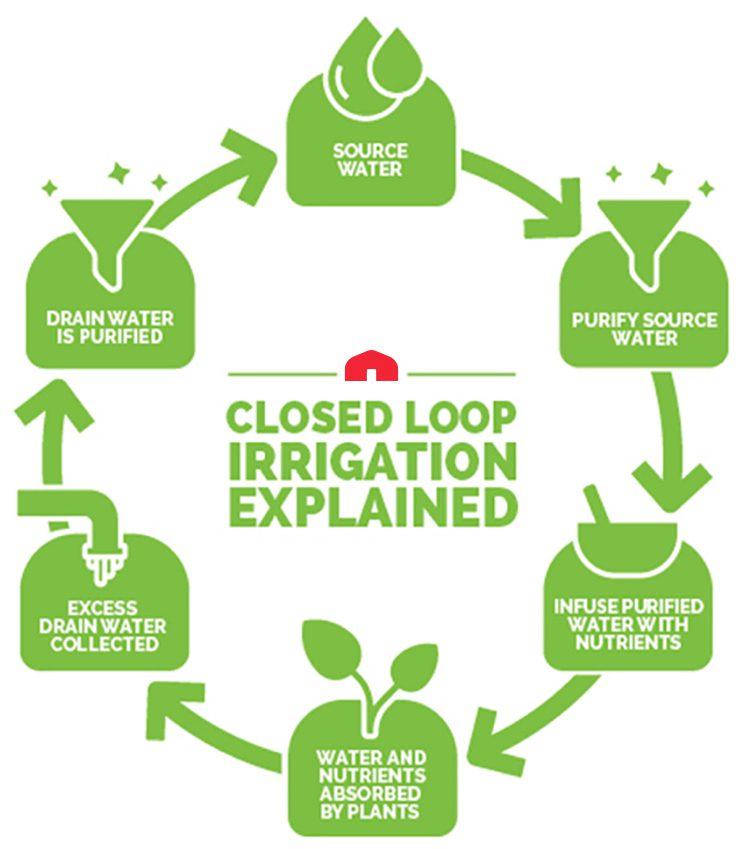
Retaining Water Purity
One of the biggest concerns our Growers have when recycling drain water is the risk of spreading diseases plants can catch that affect their quality and nutritional value. This is why great care is taken to remove any particles that can harm the nutrition and flavor of our plants during recirculation.
To safely recirculate the water back to our greenhouses, we ensure it is treated to be pure and healthy for our plants to consume. This two-part process starts by removing large particles from the water, and then digs deeper to neutralize any potential microscopic bacteria that cause disease.
Utilizing UV
Depending on which of our greenhouses you visit, Ultraviolet Lights (UV) or Ozone can be found making deliciously pure water for our plants to consume!
UV light is essentially the same light that is emitted from the sun and is incredibly effective when cleaning water. These strong rays change the microorganisms that cause disease so they can’t reproduce and infect our crops.
Ultraviolet rays take out all these disease-causing germs while preserving the fertilizer still in the water. Meaning not only do we save on irrigation water, but we also do not have to mix in with as many nutrients on the way back out.
Ozone Disinfection
Ozone is another method we use to cleanse water that we employ in our greenhouses, which involves blasting pure oxygen into our water, dissolving bacteria instantly!
Our plants especially love this method because unlike chemical treatments, ozone leaves no residue in the water. After the water is sterilized, ozone breaks back down into clean oxygen! This method is also effective in reducing the number of fertilizers and watering needed as there is very little run off or evaporation that occurs.
Once the water is successfully cleaned, it is ready to be mixed with essential nutrients before being circulated back into the greenhouse.
Adding Nutrients Back Into Water

There are 16 different elements needed to optimally grow our plants including carbon, hydrogen, oxygen, and nitrogen. Our crops naturally receive carbon and oxygen from the surrounding air, and hydrogen is of course provided by our irrigation water, meaning there are 13 elements that must be added to grow healthy produce!
Our team is constantly monitoring our plants to tailor nutrient solutions to their exact needs. A key factor that helps determine what nutrients we give our veggies is Electrical Conductivity (EC). EC measures the nutrients strength in the water. It is important to track EC because if we give a plant too much of one nutrient, it reduces the plant’s ability to absorb another, leading to a weakened plant and a waste of water and fertilizer.
Our Growers constantly monitor and adjust nutrient solutions based on changing environmental factors to ensure a balanced supply of each element.
Real-Time Irrigation Measurement
Once the solutions for the crops are designed, the irrigation schedule and frequency are set using our Artificial Intelligence system PRIVA and recirculated back into our loop.
As the recirculated water drips, PRIVA automatically fine-tunes environmental controls by collecting data on environmental factors such as temperature, humidity, sunlight, radiation, and strength of light. Using this information, PRIVA automatically adjusts vents, curtains, and pipe temperatures to produce the best crop results and avoid water waste.
Growing For A Kinder Future
As we expand, monitoring and evolving our approach to irrigation will be an important part of our continued focus. We are always seeking bold new solutions to gain even more control of our energy and water use so that we can conserve precious resources and be a kinder partner to our planet.


